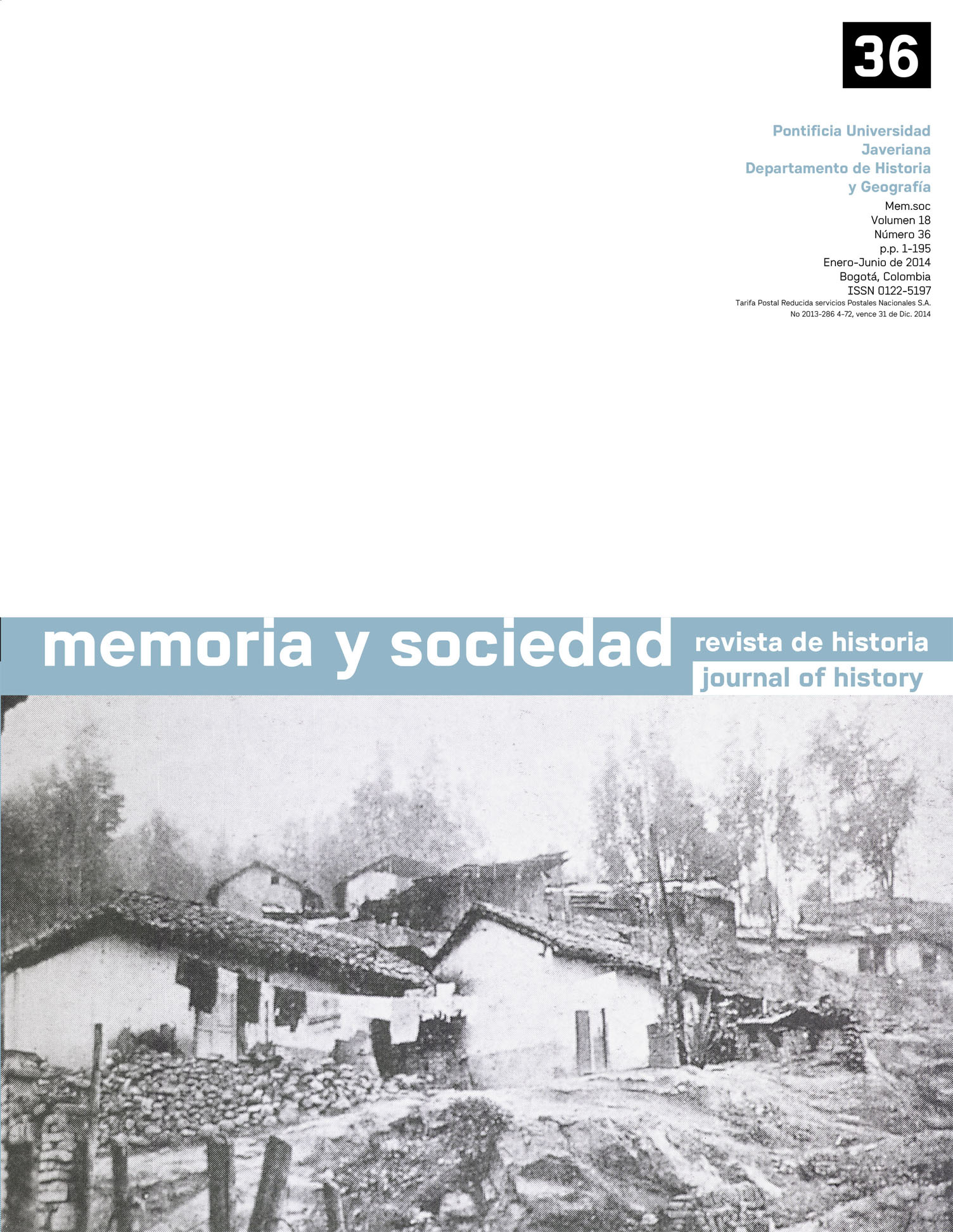Abstract
The investigation follows the path that led the city to widen its limits to the east, outside its perimeter. It addresses the problem of inadequate sewer construction, shortage of rooms for workers, the increase in population, the hygiene crisis and the emergence of squatter settlements.In 1919, after the Spanish flu epidemic, the Junta de Habitación para Obreros was created and it was responsible of building a neighborhood with the municipality money. Choosing the right place for its construction was discussed during that period by the Medical Society, the Association of Engineers and the Council of Bogotá in order to reduce overcrowding and improve conditions of hygiene and sanitation in the most vulnerable population of the city. Finally, on May 1st, 1923, it was performed the opening of the Barrio Obrero Primero de Mayo (Worker Neighborhood May 1st).
The journal Memoria y Sociedad is registered under a Creative Commons Attribution 4.0 International Public License. Thus, this work may be reproduced, distributed, and publicly shared in digital format, as long as the names of the authors and Pontificia Universidad Javeriana are acknowledged. Others are allowed to quote, adapt, transform, auto-archive, republish, and create based on this material, for any purpose (even commercial ones), provided the authorship is duly acknowledged, a link to the original work is provided, and it is specified if changes have been made. Pontificia Universidad Javeriana does not hold the rights of published works and the authors are solely responsible for the contents of their works; they keep the moral, intellectual, privacy, and publicity rights.
Approving the intervention of the work (review, copy-editing, translation, layout) and the following outreach, are granted through an use license and not through an assignment of rights. This means the journal and Pontificia Universidad Javeriana cannot be held responsible for any ethical malpractice by the authors. As a consequence of the protection granted by the use license, the journal is not required to publish recantations or modify information already published, unless the errata stems from the editorial management process. Publishing contents in this journal does not generate royalties for contributors.

